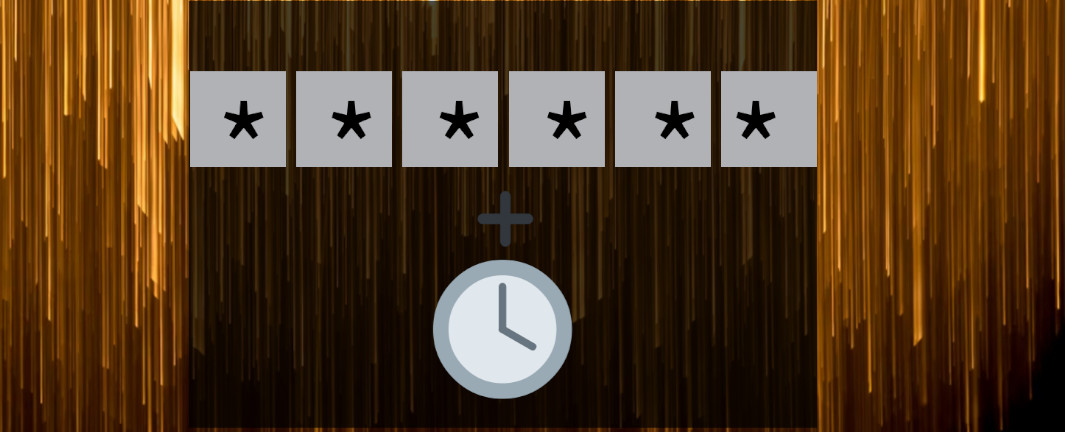Building a Beast
4 minutes read | 677 words

I have always been obsessed with computers. Unfortunately, as a child, I never could pick the top of the line parts for any of my computers. They were either hand-me-downs, or decked out to meet my needs, which, at the time, fell well short of my wants.
A Truly Grand Upgrade
I got my first full time job in 2023. The first thing I did with these newfound funds was buy furniture in my new apartment. The second thing I did bought a monster of a computer. A shiny new ryzen processor, double the memory I used to have, and, for the first time since 2008, in a desktop form factor. Before this, I had a relatively beefy Asus ROG gaming laptop, mostly for the high end CPU and good build quality. My new computer was 3 to 7 times faster!
The Fruits of Patience
I got impatient with the graphics card I selected. I had the cash flow to buy something like a RX 7900 XT the next month, but not enough money to order it in the same batch as the rest of the components, so I just bought whatever I could get my hands on immediately, and ended up with the lowest performance graphics card in the RX 7000 series (also the cheapest card in that series). For my impatience, I got half the performance of the 7900 (for less than half the price).
After experiencing minor buyer’s remorse about my GPU, I decided to get extra patient. Rumour mill for the AMD RX 8000 series had started turning already, and I decided to upgrade to whatever top tier card the next generation brings. Maybe not top of the line, but comparable to the 7900 XT. Then came the delays from Q2 2024 to Q1 2025, the cancellation of the RX 8000 launch, and the renaming to RX 9000. Finally, I have gotten my hands on a shiny AMD Radeon RX 9070 XT. It doesn’t try to be an NVIDIA 5090 killer, but is the flagship AMD card of this generation.
Very concisely, heres some tables. The GPU bit is a bit confusing, but it shows the differences between all three card: the old NVIDIA, the stepping stone 7600, and the brand new 9070.
| Part | Old Computer | New Computer | Factor Improvement |
|---|---|---|---|
| CPU | Intel i7 7700HQ | AMD Ryzen R9 7900 | 7 1 |
| RAM | 16 GB DDR4-3000 | 32 GB DDR5-4800 | 2 2 |
| Displays | 15 inch 1080p + 20 inch 1080p | 2 * 27 inch 1440p | 1.78 3 |
| GPU | Nvidia GTX 1050 Mobile Edition | AMD Radeon RX 7600 | 3.72 4 |
| GPU | AMD Radeon RX 7600 | AMD Radeon RX 9070 XT | 2.26 5 |
| GPU | Nvidia GTX 1050 Mobile Edition | AMD Radeon RX 9070 XT | 8.40 4 |
A Thousand Words
Here’s some results of benchmarks I did in some games I play, and some standard benchmark tools I found.
This set of tests was done at the maximum possible settings. “As far to the right as the slider will go”. The “ultra” preset in video games was not trusted, and each setting was manually turned all the way to 11.
The data for ASUS FX553-VD (my old laptop with the NVIDIA GTX 1050 Mobile) is “simulated”. That is, the scores are multiplied to the performance ratio between the GTX 1050 Mobile and the RX 7600, based on GPU benchmark scores from www.videocardbenchmark.net 4.
Averaged over all results using the geometric mean, in the workloads that matter to me, the RX 9070 XT more than twice as fast than the 7600, and over 8 times faster than my laptop! Another mighty upgrade for this monster of a personal computer!
Factor Improvement Methodology
-
Approximate factor improvement based on Passmark CPU Benchmarks scores of 48574 v/s 6900 ↩︎
-
Times two improvement based on memory capacity only, disregarding the improvements in memory speed or technology ↩︎
-
Factor of 1.78 improvement in number of pixels, 7372800 v/s 4147200, disregarding the improvements in display sizes. ↩︎
-
Approximate factor improvement based on Passmark GPU Benchmarks scores of 16617 v/s 4463 ↩︎ ↩︎ ↩︎
-
Factor improvement based on geometric mean of FPS scores. ↩︎




